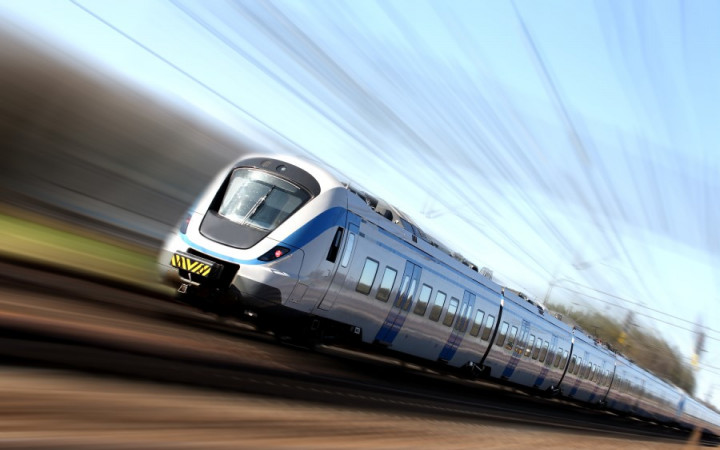Today’s Wonder of the Day was inspired by Christopher. Christopher Wonders, “How does a train work?” Thanks for WONDERing with us, Christopher!
Do you get excited when it's time to go on vacation? Whether the destination is a tropical beach, an amusement park, or a national park full of natural WONDERs, there's nothing like getting away to enjoy some rest and relaxation.
Before you can enjoy your time away, though, you first have to get there. Wouldn't it be great if you could just snap your fingers and appear at your destination? Unfortunately, that's not how it works.
When it's time to head out on vacation, you may pile in the family minivan for a road trip. If you're going a great distance, you may fly on an airplane instead. Those aren't your only options, though. There's another mode of transportation that's been around longer than either cars or airplanes. Unless you live in a major metropolitan area, people don't use them as often today as they did in the past. What are we talking about? Trains, of course!
Long before automobiles took to the roads and airplanes flew into the skies, people rode horses to get from one place to another quickly. Horses weren't the best option for many people, though, especially when it came to traveling long distances and carrying large amounts of freight.
Trains, as we know them today, began to change the landscape of transportation when the steam locomotive was invented in England in 1797. The locomotive is the part of a train that provides the power to move all the other parts. Soon enough, railroads were being built and passenger and freight cars were being hitched to steam locomotives to move from one place to another quickly and comfortably.
Steam locomotives relied upon burning coal to heat water inside a boiler. As the water vaporized, steam was forced through valves that would push a piston back and forth. The motion of the piston was transferred to the wheels, thereby powering the motion of the train.
Steam engines were eventually replaced by other newer types of technology. First, diesel engines that burned diesel fuel were used. Later, engines that ran on electricity would replace many diesel engines.
Today, passenger trains can move at incredible speeds over long distances using magnetic levitation technology. These trains, known as maglev trains, don't have traditional wheels. Instead, they move along superconducting magnetic rails.
Trains remain a popular choice for transporting heavy freight across long distances. For example, the coal that once powered steam locomotives is today carried in freight cars to power plants where it's used to generate electricity.
The popularity of trains among travelers dipped severely with the invention of the automobile and the airplane. People soon discovered they could get where they wanted to go more quickly and comfortably in their own cars or on an airplane.
Over time, however, passenger trains found a new market as a means of mass transportation in and around large cities. With fixed routes and no traffic, taking above-ground commuter trains or underground subway trains became a popular way to travel in large metropolitan areas, such as New York City.





